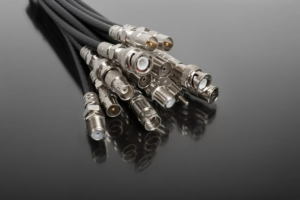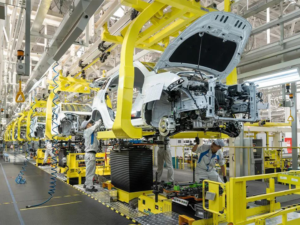The arrival of car sharing is becoming increasingly imminent, and as cars continue to play a pivotal role as essential modes of transportation, their usage is expanding. The performance requirements for automotive interior components are also escalating. This not only impacts the lifespan of the vehicle but also affects safety issues. Automotive wiring harnesses serve as crucial connectors within cars, facilitating the transmission of electric currents for components such as batteries, instruments, and lights. The specifications for automotive wiring tend to emphasize resistance to both extreme cold and heat. Inferior-quality materials would fail to meet such requirements.
Common automotive wire types include: Chinese standard QVR-105, Japanese standards AV, AVS, AVSS, AVX/AEX, German standards FLRY-B, FLRY-A, FLRYK-A, FLRYK-B, FLRYW-A, FLRYW-B, and American standards GTE, GPT, GXL, SXL, TWE, TWP, TXL.
Classification of main automotive wiring harnesses includes:
- Main Wiring Harness: Distributed throughout the chassis, engine compartment, and partially inside the cabin. It includes smaller harnesses such as left front door, right front door, rear door, roof, rear back door (trunk), antenna, front bumper, rear bumper, positive cable, and negative cable.
- Cabin Wiring Harness (Body Wiring Harness): Primarily distributed inside the cabin.
- Instrument Cluster Wiring Harness: Located within the dashboard.
- Engine Wiring Harness: Distributed on the engine.
Functions of common automotive wiring harnesses:
- Engine Wiring Harness: Connects various components and systems of the engine, responsible for transmitting power and signals, connecting the engine control unit, sensors, actuators, etc.
- Body Wiring Harness: Connects various devices and systems in the vehicle body, responsible for transmitting power and signals, connecting headlights, instrument panels, air conditioning systems, audio systems, etc.
- Instrument Cluster Wiring Harness: Connects the dashboard and driver control panel, responsible for transmitting various indicator lights, instruments, and control signals.
- Lighting Wiring Harness: Connects the vehicle’s lighting system, responsible for transmitting power and signals, connecting headlights, tail lights, turn signals, etc.
- Front and Rear Windshield Wiring Harness: Used for electronic devices and sensors on the front and rear windshields, responsible for transmitting power and signals, such as those used in windshield wipers, rain sensors, etc.
- Seat Wiring Harness: Connects electronic devices and sensors on the seats, responsible for transmitting power and signals, connecting seat heating, ventilation, massage functions, etc.





